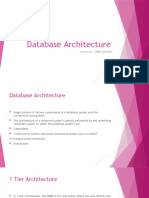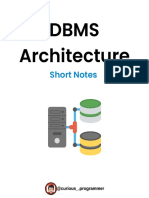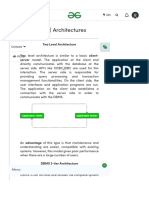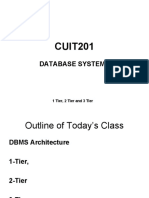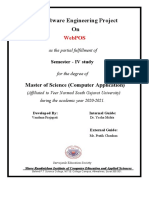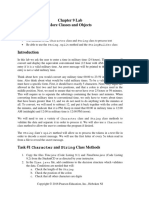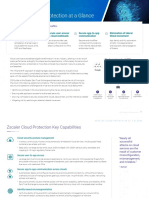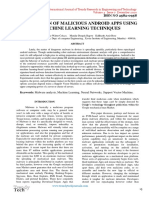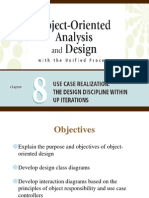0% found this document useful (0 votes)
18 views14 pagesDatabase Architecture
The document outlines the various database architectures, including Single-tier, Two-tier, and Three-tier architectures, each with its own advantages and disadvantages. It also discusses data abstraction levels within a Database Management System (DBMS), detailing the physical, logical, and view levels of data abstraction. The content emphasizes the importance of architecture design in efficiently storing, managing, and retrieving data.
Uploaded by
adityasharma19792Copyright
© © All Rights Reserved
We take content rights seriously. If you suspect this is your content, claim it here.
Available Formats
Download as PDF, TXT or read online on Scribd
0% found this document useful (0 votes)
18 views14 pagesDatabase Architecture
The document outlines the various database architectures, including Single-tier, Two-tier, and Three-tier architectures, each with its own advantages and disadvantages. It also discusses data abstraction levels within a Database Management System (DBMS), detailing the physical, logical, and view levels of data abstraction. The content emphasizes the importance of architecture design in efficiently storing, managing, and retrieving data.
Uploaded by
adityasharma19792Copyright
© © All Rights Reserved
We take content rights seriously. If you suspect this is your content, claim it here.
Available Formats
Download as PDF, TXT or read online on Scribd
/ 14



























